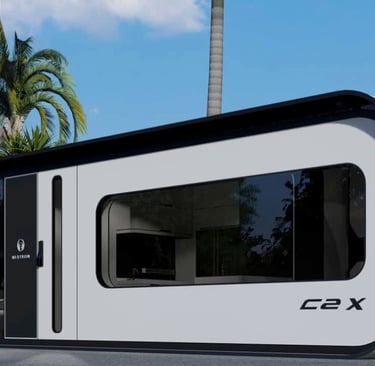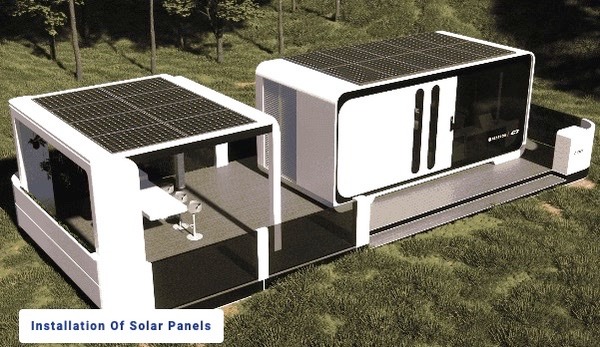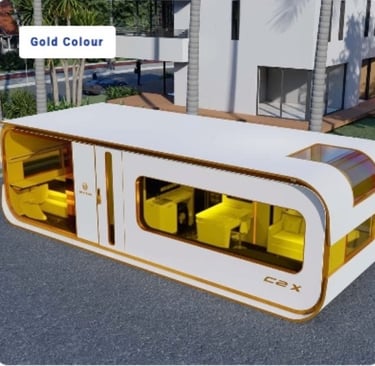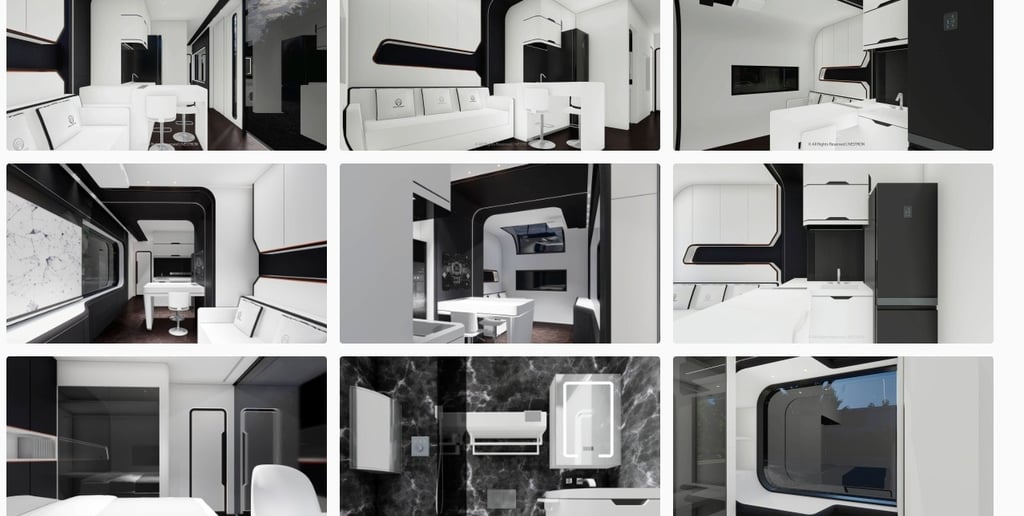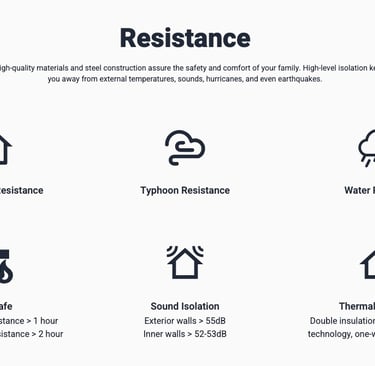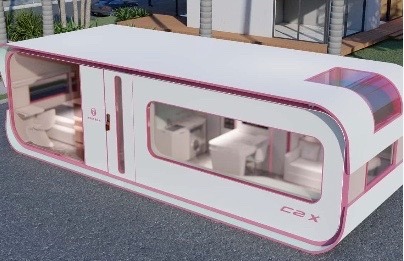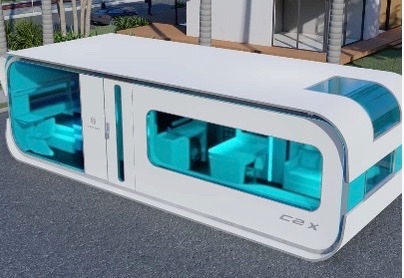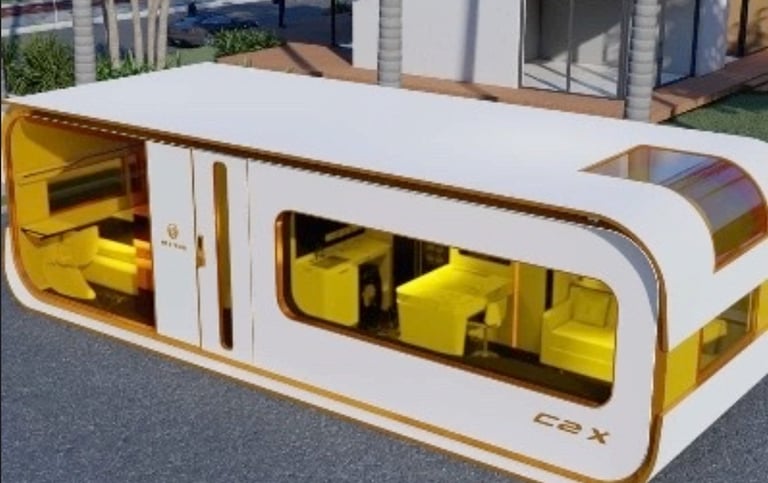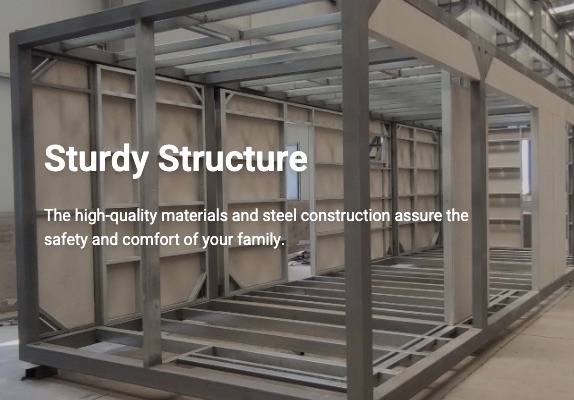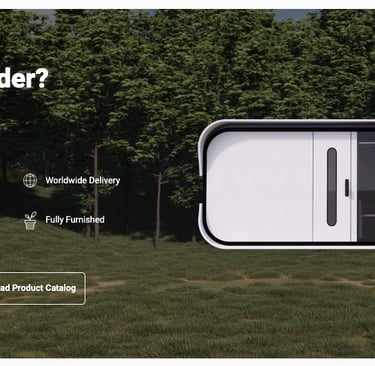Explore Our Stunning Smart Luxury Homes ~ Mobile & Garden Homes Designed For Luxury, Affordability, & Sustainability!
Transforming Your Modular Tiny Smart Home Into A Passive Income Machine
10/9/20259 min read
Introduction To Modular
Tiny Smart Homes
“What if your backyard could make you money while you sleep?”
Tease the idea that modular smart homes are the new rental income revolution — more affordable than traditional real estate yet just as profitable.
Modular tiny smart homes represent a significant evolution in modern living, combining innovative design with enhanced efficiency. These dwellings are prefabricated in sections or modules, allowing for quick assembly on-site, which contributes to reduced construction time and costs. As housing markets shift toward more sustainable living options, modular tiny homes offer an attractive solution that resonates with those seeking simplicity and functionality.
Another notable benefit is the eco-friendliness of tiny smart homes. Many are built using sustainable materials and incorporate energy-efficient designs, promoting a smaller ecological footprint. This sustainable approach is appealing to environmentally-conscious individuals and families, contributing to an increasing movement advocating for minimalism and conscious consumerism within housing choices.
Understanding Passive Income Streams
Passive income refers to the earnings generated with minimal effort or active participation after the initial investment of time, money, or resources. For homeowners, especially those living in modular tiny smart homes, passive income can be an attractive financial strategy. Its implementation not only helps in maintaining the living space but also enhances overall financial stability.
Another opportunity lies in crowdfunding for small spaces. Homeowners can leverage online platforms to raise funds for their modular tiny homes or specific projects, allowing them to share their vision and innovative designs. By appealing to supporters who value sustainability and minimalism, they can secure funding while simultaneously marketing their concept and generating awareness about tiny living.
Lastly, selling digital products or services from a smart home office represents a modern avenue for income generation. Whether it’s e-books on tiny home living, online courses, or consulting services, homeowners can harness the capabilities of technology to monetize their expertise and lifestyle knowledge effectively. Tailoring these methods to the unique characteristics of modular tiny homes can foster significant passive income growth and complement sustainable living strategies.
Setting Up Your Modular
Tiny Smart Home For Renting
Transforming your modular tiny home into a source of passive income requires careful preparation and strategic planning. The first step in this process is to choose the right rental platform. Numerous platforms cater to short-term vacation rentals and long-term leases, such as Airbnb, Vrbo, and Booking.com. Evaluating these platforms based on their fees, audience reach, and user experience can help determine which best aligns with your objectives. Additionally, consider local rental platforms that might be popular in your area.
Understanding local rental regulations is another essential factor. Researching zoning laws, occupancy limits, and registration requirements will ensure compliance and help avoid potential fines. Many municipalities have begun regulating short-term rentals, so obtaining the necessary permits is advised to create a hassle-free renting experience.
Finally, leveraging smart technology can significantly enhance guest experiences. Implementing smart locks, automated temperature control, and high-speed internet can streamline processes and provide convenience for guests. By creating a seamless and enjoyable stay, you increase the likelihood of obtaining positive reviews and repeat bookings.
Exploring Rentals
Short-Term (vs) Long-Term
When contemplating the potential of your modular tiny smart home as a source of passive income, one of the primary decisions you will face is whether to pursue short-term or long-term rental strategies. Each option comes with its own set of advantages and disadvantages that can significantly impact your income and management efforts.
In contrast, long-term rentals offer the advantage of consistent and predictable rental income, which can be appealing for homeowners seeking stability in their investments. With these arrangements, tenants often sign leases lasting six months or more, reducing turnover and yielding lower management stress. However, this approach may result in lower income potential per month compared to short-term rentals, particularly in high-demand areas. Moreover, managing long-term rentals might involve dealing with maintenance issues or tenant requests, requiring a commitment to upkeep.
Leveraging Smart Technology For Efficiency & Management
Integrating smart technology into your modular tiny smart home is essential for maximizing efficiency and attracting high-quality tenants. Smart devices not only streamline operations but also enhance security and convenience, making your property more appealing to prospective renters. One of the cornerstone devices for any smart home environment is the smart lock. With features such as keyless entry and remote access, landlords can manage access more effectively, making it easier for tenants to move in and out while ensuring that the property remains secure.
Security cameras are also fundamental to a smart home ecosystem, as they provide peace of mind for both landlords and tenants. These devices allow for real-time monitoring and can often be integrated with other smart home systems, such as alarms and lighting. Enhanced security features contribute to a hassle-free living environment, making your property more desirable in a competitive rental market.
In summary, integrating smart technology into your rental strategy can elevate the attractiveness of your modular tiny smart home, making it a lucrative venture in the long run.
Cultivating a Community and Building a Brand
Building a strong community around your modular tiny smart home is essential for long-term success. By fostering relationships and creating a loyal customer base, you can transform your tiny home into a passive income machine. The first step in this process is to develop a unique branding strategy that reflects the essence of your home and resonates with your target market. Consider what makes your tiny home special, whether it's its sustainability features, innovative technology, or design aesthetic. Use this identity to create a brand that stands out in the growing tiny home market.
Exceptional customer service plays a crucial role in building a reputable brand. By being responsive, addressing concerns promptly, and going the extra mile for your clients, you encourage repeat business and referrals, critical for generating passive income. Networking with other tiny home owners and investors can also yield mutual benefits. By collaborating, sharing resources, or even embarking on joint marketing initiatives, you can create a supportive network that enhances visibility and promotes growth within the community.
Conclusion ~ Your Path to Financial Freedom
In today’s dynamic economic landscape, the quest for financial freedom has led many to explore innovative avenues such as transforming a modular tiny smart home into a source of passive income. This approach is not only feasible, but it also presents an opportunity to leverage the unique attributes of modular tiny homes—namely affordability, sustainability, and efficiency. By utilizing these homes as vacation rentals, co-housing spaces, or even as mobile office setups, homeowners can tap into various income streams with minimal ongoing effort.
Furthermore, embracing the minimalist lifestyle associated with tiny homes can resonate with a growing demographic seeking sustainable living solutions. This trend underscores the demand for adaptable living spaces that cater to both environmental consciousness and modern conveniences. The emphasis on sustainability and less consumption aligns perfectly with a market eager for innovative solutions.


